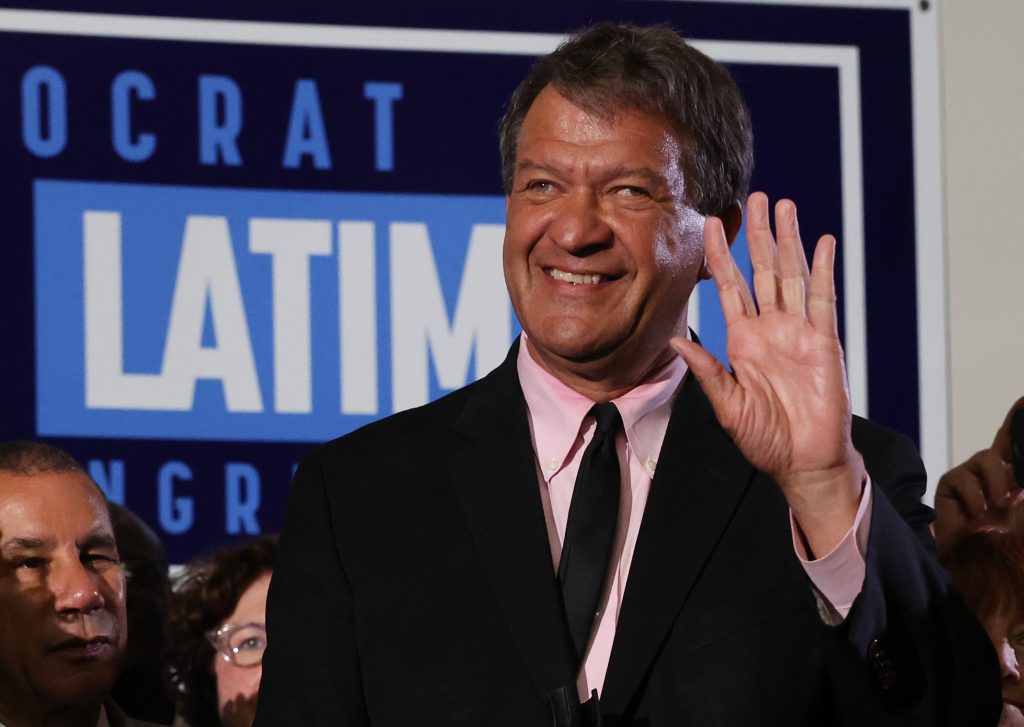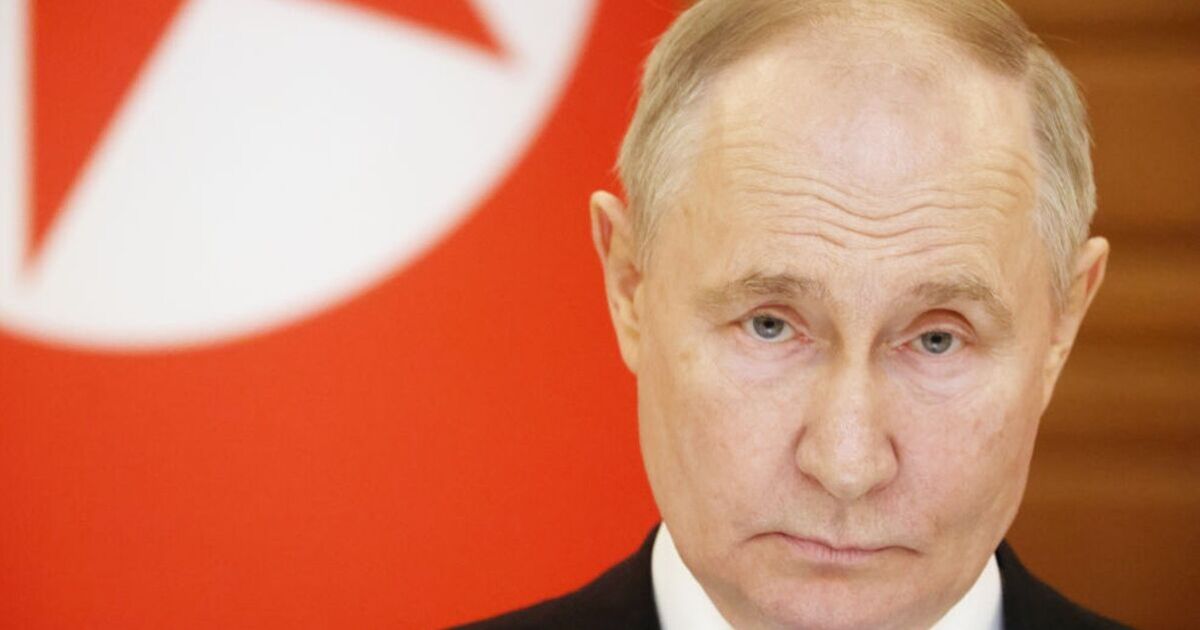
The results are in. George Latimer, who Tuesday unseated incumbent Jamaal Bowman in the Democratic primary, is now the overwhelming favorite to be the new congressman representing southern Westchester and the north Bronx.
This victory was made possible by the significant mobilization of Jewish voters across the district, particularly in Westchester. As a bellwether suburban county where Jewish voters make up roughly 9% of the electorate, Westchester offers a model for other key races across the country.
As of 4 p.m. on primary day, 50.6% of all Jewish voters turned out in the primary, compared to 18.05% of non-Jewish voters. It’s no secret why: From conflict abroad to rising hate right in our backyard, to many other pressing issues affecting voters, the stakes of this contest could not be overstated.
Those who turned out in this pivotal contest have sent a clear message to politicians in Washington that their voices cannot be overlooked — and will not be ignored.
Our campaign, Westchester Unites, was proud to encourage voters in this district to make their voices heard. We didn’t aim to elect a particular candidate; only to empower voters through sustained education and engagement efforts to maximize turnout among this crucial bloc.
This dynamic of an engaged Jewish electorate is playing out in other states and we have been proud to support these efforts. In April, we launched Pennsylvania Unites to get Jewish voters to cast their ballots in the presidential primary, which fell on the same day as Passover — one of the most important Jewish holidays.
We targeted 38,000-plus likely Jewish voters, deployed 155,000 pieces of mail, 43,000 text messages, and blanketed the counties with digital advertising. The results: 81% of Jewish voters returned their mail-in ballots by the deadline, compared to 77.5% from the broader population in the state.
We are also taking an aggressive approach in Nevada, a swing state that could determine the outcome of the presidential election. We are opening a voter center in Clark County, recruiting volunteers for grassroots outreach, and engaging Jewish voters through November.
One statistic stood out as we began our engagement in Westchester: In polling, 93% said this message made them more likely to vote: “Antisemitism reaches dangerous levels when elected officials seek to minimize it, normalize it, and perpetuate it. Not voting allows this to take root.”
When we launched in January the initial focus was on educating voters about the upcoming primary and encouraging them to register as Democrats. With the primary winner likely to win the general election, we made the argument that their votes would carry more weight in the primary.
We opened up a center in New Rochelle to centralize our efforts and between Jan. 25 and Feb. 14, the state’s deadline to change parties before the election, we were able to re-enroll more than 2,000 voters as Democrats. That’s 15% of the targeted group of voters; our goal was 10%. It’s also a significantly higher conversion rate than other re-enrollment campaigns around the country, which — on the high end — might see a 2% conversion rate.
Then, we pivoted to ensuring every targeted voter to cast their ballot, focusing on getting them to request mail-in ballots. By the end of May, we crunched the numbers and found that 38% of Westchester ballot requests came from Jewish voters, which are only 9% of the district. Jewish voters in the area requested ballots at a rate 4.9 times of non-Jewish voters.
As the race went into the final stretch, more than 25 synagogue communities mobilized their members to vote, with emphasis on getting Jews to vote at the first opportunity.
We flooded the area with more than 200 volunteers who knocked on doors, phone banked, tabled at community events, and marshaled personal networks. Just as we did in our early mail-in ballot push, we encouraged voters to make their voices heard early, driving voters to begin voting in-person on Shabbat on the first weekend of early voting.
During our campaign, we sent out 76,000 pieces of mail and 102,752 text messages. We recruited an army of local volunteers to conduct grassroots outreach, making more than 50,000 calls and knocking on 12,500 doors.
This significant display of electoral power from Jewish voters is a testament to the power of grassroots organizing and is a model for similar efforts in local, state, and federal contests across the country. When we mobilize around a set of shared values, we can shape our collective political destiny.
This is what democracy looks like.
Litwack is the founder of the Teach Action Fund.








Leave a comment